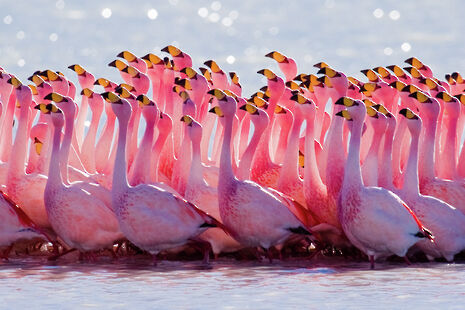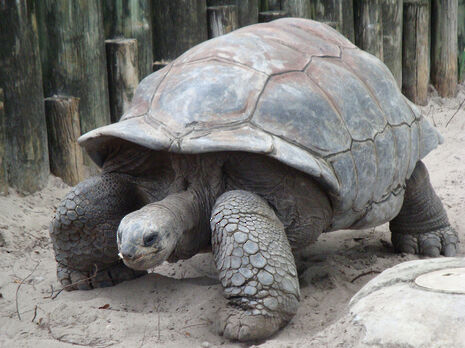The ecology of the future is in our hands
Zdravko Zahariev looks at the current trends in biodiversity management, and the potential solutions looking forward.

The projected rise in the world's population to 10 – 12 billion by the end of the century and the increasing per capita use of resources have led to the widespread argument that we have entered the epoch of the anthropocene. The wonders that Sir David Attenborough has been showing us over the past few months seems to be at stake, as our effects on the natural world continue to drive biodiversity losses as well as altering the structure of ecosystems across the globe.
“The global value of these ecosystem services is estimated to be anywhere in the range of $16-54 trillion per year”
Vital for human welfare are ways to manage the ecosystems we live alongside. They include regulating services such as the climate, pest, and disease control, as well as provisioning solutions that can bring about a potential economic reward. For example, greater diversity in rice species grown in the Yunnan province, China, has led to better fungal pathogen resistance. This has led to increased agricultural yields in the region. Research has also shown that green space exposure decreases the incidence rates for all-time mortality by promoting mental well-being. The global value of these ecosystem services is estimated to be anywhere in the range of $16-54 trillion per year.

It is unsurprising, therefore, that humans are having widespread effects at land and at sea. The population of the African forest elephant, for example, has declined by more than 60 per cent over a decade due to hunting. In tropical regions, we risk the realisation of empty tropical forests. At sea we remove larger-bodied, higher trophic-level species, greatly offsetting natural processes. We threaten ecosystems through climate change, oceanic acidification, eutrophication, introduction of invasive species, and habitat alteration – factors that have even a greater, unexpected impact through intricate interactions or cascading shifts.
The ecology of the future has a great risk factor attached, but it is still not firmly shaped and has the ability to be dynamic. Biologically bold actions attempt to restore ecological processes. Re-wilding is such an example and a major conservation challenge. It involves the introduction of non-native species to replace functionally equivalent but already extinct ones. On the Mauritian Islands, for example, giant tortoises played a key role as herbivores for the maintenance of grass flora diversity. Ecologically-equivalent species have been recently introduced and shown promising results on the Ile aux Augrettes and Round Islands.
Our ability to combat the current trends in biodiversity losses is not as negligible as many would expect. This might be achieved by administering better control on resource exploitation through active conservation of endangered ecosystems, or through advocating the increase in the resources we invest in nature management. On a personal note, key changes in our behaviour, such as shifts in everyday diet, re-building a perhaps misplaced connection with nature, and an indication of the conservation success stories world-wide can certainly offset some of the current trends.
 News / Cambridge study finds students learn better with notes than AI13 December 2025
News / Cambridge study finds students learn better with notes than AI13 December 2025 Features / Should I stay or should I go? Cambridge students and alumni reflect on how their memories stay with them15 December 2025
Features / Should I stay or should I go? Cambridge students and alumni reflect on how their memories stay with them15 December 2025 News / Uni Scout and Guide Club affirms trans inclusion 12 December 2025
News / Uni Scout and Guide Club affirms trans inclusion 12 December 2025 Comment / The magic of an eight-week term15 December 2025
Comment / The magic of an eight-week term15 December 2025 News / Cambridge Vet School gets lifeline year to stay accredited28 November 2025
News / Cambridge Vet School gets lifeline year to stay accredited28 November 2025








